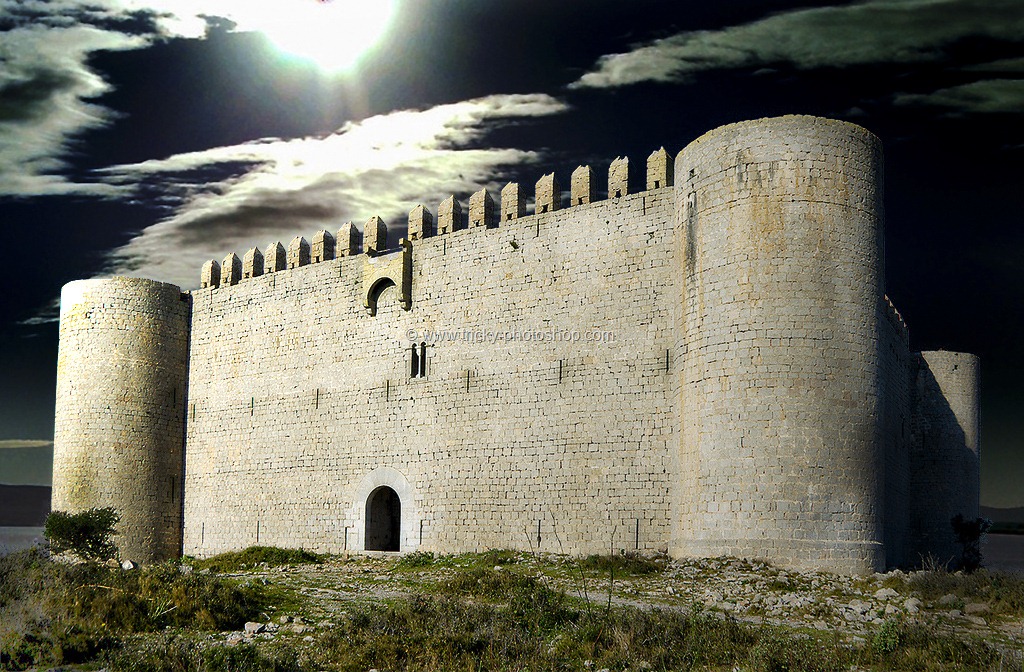For a newbie, the proper understanding of a layer masking in Photoshop is probably one of the toughest things is Photoshop. But later, it becomes everyone’s best friend. Explaining layer mask is somewhat tricky. Let me explain it with an analogy. You do have electrical switches on your wall. When you whitewash the walls in your home, you cover those switches with a plastic or paper to save them. In the same way in Photoshop, when you have two or more layers, you use ‘Layer Mask (analogous to paper or plastic)’ to hide or reveal the pixels that are present in a layer.
The most important advantage of layer mask is that it’s non-destructive. I’ll explain it to you later.
I am going to explain layer mask with the help of an image. In the below image, I am going to write “BEAUTY” but I don’t want any text on the girl’s face. Here’s the before image.
In the above image, I have hidden the part of the text that was on the girl’s face and neck. All this was done with the help of layer mask.
I hope that you now know what is layer mask and what is its use. Time to show you how to add a layer mask.
I have written “BEAUTY” with the help of the text tool.
 Now go to Layer>Layer Mask>Reveal All. This will add a white rectangular box next to the layer’s logo.
Now go to Layer>Layer Mask>Reveal All. This will add a white rectangular box next to the layer’s logo.
Now grab the brush tool from the tool panel. Make black as your foreground color. and start painting on the area which you want to hide. You’ll notice that the area where you are brushing on, will hide.
 Now you may wonder that something different should have happened. Rather than getting invisible, the brushed area should have been painted with black color. Now let me explain you. The reason for this ‘different’ behavior is because of the layer mask. Once layer mask is activated (check your layer panel for its status), any area that is painted with black color will hide the painted pixels.
Now you may wonder that something different should have happened. Rather than getting invisible, the brushed area should have been painted with black color. Now let me explain you. The reason for this ‘different’ behavior is because of the layer mask. Once layer mask is activated (check your layer panel for its status), any area that is painted with black color will hide the painted pixels.
The best thing is that is can be undone. Simply paint the pixels with white color to reveal the hidden area. For example, in the below image, I have accidentally hidden some parts of ‘E’ that I do not want to hide.
Now I can unhide it by making white as my foreground color and simply paint on the hidden pixels.
 In the same way, any pixels can be hidden with the help of layer mask. Here’s the preview for you,
In the same way, any pixels can be hidden with the help of layer mask. Here’s the preview for you,
And we are done here. I hope you find this tutorial interesting.


















